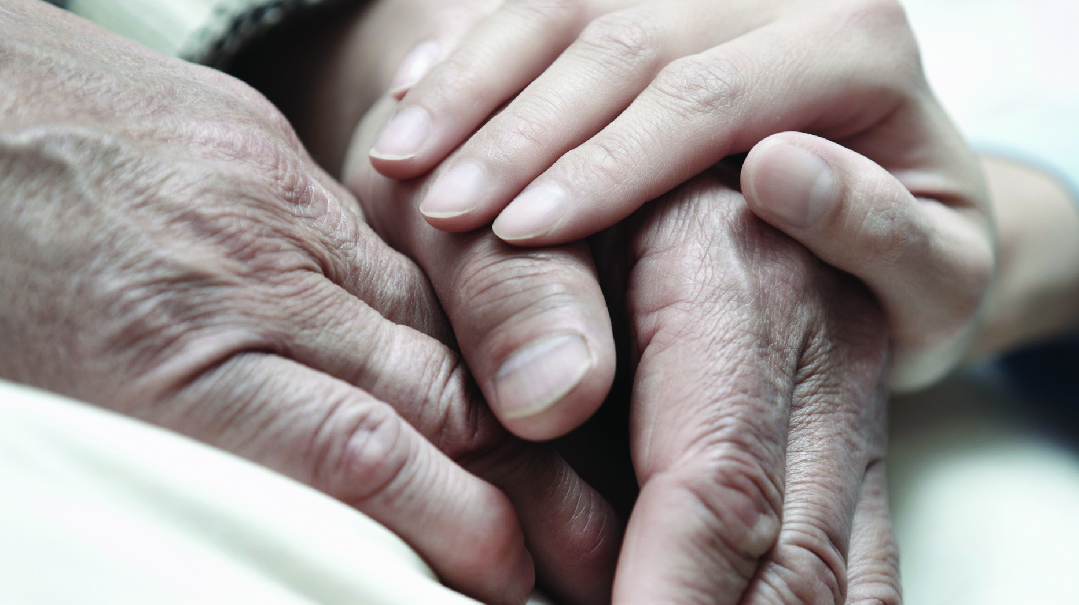Out of My Comfort Zone

“I really don’t need all these dates — there’s only one person I need. So please Hashem don’t send me any more shidduchim until it’s the right one.”

"S o what’s your dream your goal in life?”
I asked that question to many of the young men I met during my three-year stint in shidduchim. More often than not they didn’t have an answer for me. Seeing them at a loss I would restate the question more simply: “Where do you see yourself in five or ten years?”
The typical answer to that question was usually something along the lines of “Well my rebbi says I should do such-and-such.”
“But what do you want to do?” I would press.
I knew what my vision was: to be an eizer k’negdo to help someone learn and teach Torah and achieve his potential in ruchniyus. I didn’t expect a bochur in his early twenties to be able to articulate a precise plan for maximizing his potential but I did expect my future husband to be sufficiently in touch with himself to be able identify how in a general sense he saw himself contributing to the world.
I threw myself into each shidduch that came along trying to give it a fair chance but I found the process extremely draining.
After bochur number 27 I turned to Hashem and said “Thank you for giving me people to go out with but I really don’t need all these dates — there’s only one person I need. So please Hashem don’t send me any more shidduchim until it’s the right one.”
Unbelievably after that the phone calls from shadchanim stopped. For the first time in close to three years I had a break from shidduchim which gave me the opportunity to revitalize myself emotionally and throw myself into my teaching and volunteer work.
One day three months after I asked Hashem to send the right one and the right one only I got a call from my friend Shaindy. “Your husband is on my couch ” she said.
“Wha-a-a-t?” I asked.
She didn’t know much about the bochur who was sitting on her couch talking to her brother. She couldn’t even pronounce his name. “He’s from Mexico he’s learning in Eretz Yisrael and he’s here in Brooklyn visiting. My brother knows him from yeshivah and he says he’s a great guy. But he’s leaving tomorrow to Mexico. Can you go out with him in two hours?”
The whole thing was so weird I didn’t know what to say. But I recognized that if Hashem had stopped sending me shidduchim and now He was sending me this bochur I shouldn’t be so quick to turn it down. My parents agreed. “Go out once and if you want to go out again we can do the research after the first date ” my mother suggested.
Oops! We could not locate your form.













